As of 2023, there are over 3,100 local jails and 1,500 state prisons in the United States. Depending on the offense, these places usually hold people for days, months, or years.
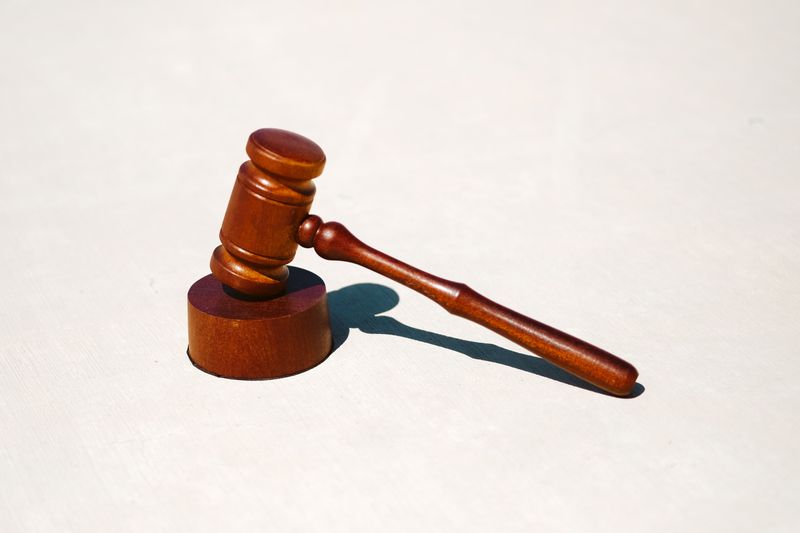 Photo by Tingey Injury Law Firm on Unsplash
Photo by Tingey Injury Law Firm on UnsplashYou might also hear people use the term "jail" more frequently than they use "prison."
"Jail" and "prison" may be go-to terms when talking about crime, but they're not the same thing. They're both forms of incarceration for people suspected and convicted of committing crimes, but they have different purposes.
What is a jail?
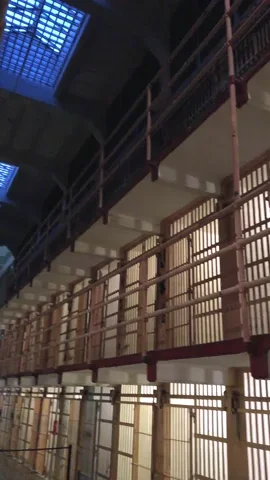
Jails are used to hold people as they serve their time for a crime. They can also be used as temporary places for those awaiting sentencing for higher-level crimes.
Jails are usually run on the local level by law enforcement or the government.

Duration of Stay
Up to a year following the conviction of a low-level crime
Short-term while awaiting trial
Short-term after sentencing while awaiting prison transfer
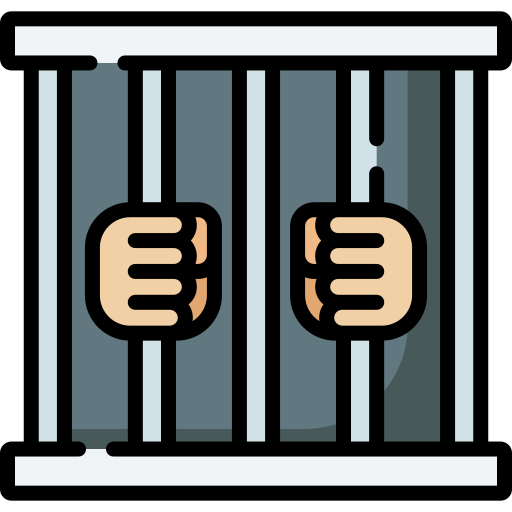
Type of Crimes
Misdemeanors such as vandalism, trespassing, petty theft, resisting arrest, cybercrimes, etc.
Minor crimes
Low-level nonviolent crimes

Accommodations
Can offer work release programs, boot camps, and services to assist with life improvement measures
Lower budgets with less attention to livability comfort
A constant flow of individuals coming and going so the resources aren't sizeable
What is a prison?
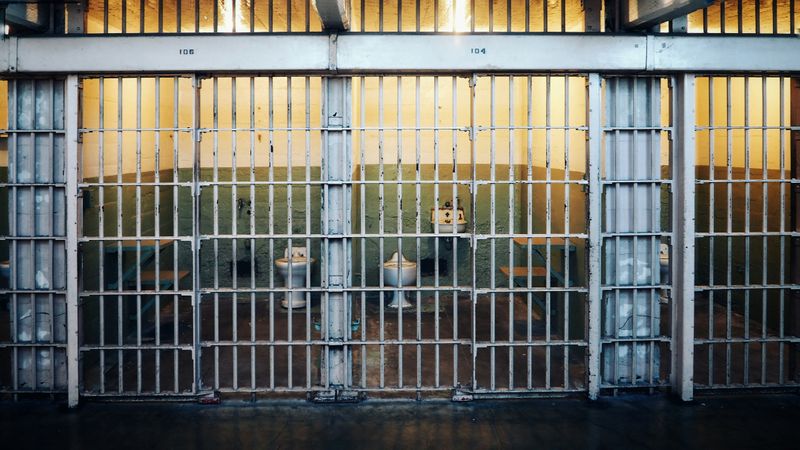 Photo by Umanoide on Unsplash
Photo by Umanoide on UnsplashPrison sentencing comes after people have been held in jail for various periods of time. They are intended to hold people for longer periods, usually for those who have already been convicted of and sentenced for a crime.
Prisons are usually run above the local level by the state or federal government.

Duration of Stay
Multiple years post-trial and sentencing, depending on the severity of the offense committed
Long-term, can go up to life sentences

Type of Crimes
Felonies such as murder, robbery, assault, etc.
High-level and violent crimes
Federal offenses involve incarceration at specific federal prisons

Accommodations
Prisons are intended for longer-term stays and are built with living needs in mind
State prisons sometimes operate halfway houses, work release centers, and community restitution centers
Depending on the level of the prison, different recreational activities and resources are available for inmates
More facts about prisons

The term penitentiary describes long-term holdings after sentencing. Individuals with life sentences or death sentences are typically held in penitentiaries.
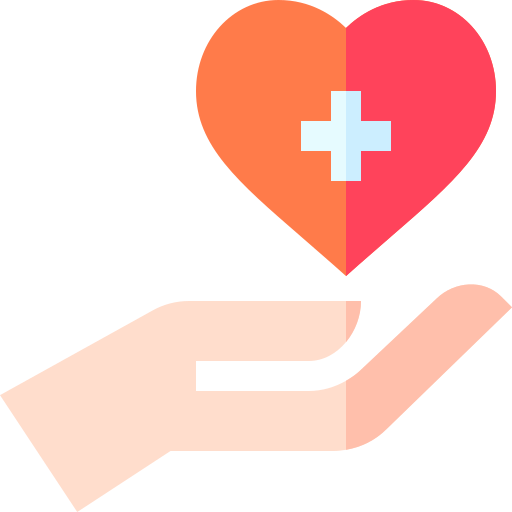
Correctional centers or correctional institutions are prisons that have a greater focus on providing rehabilitation services to their inmates.
Detention centers aren't prisons but also serve the purpose of offering rehab to incarcerated individuals.

Prisons vary in security levels from low security to maximum security. The security level corresponds with the inmate's level of assumed risk and threat to the general public. The higher the security, the more severe the crime committed.
Knowledge Check
Andrew has been convicted of a nonviolent misdemeanor-level crime.
After his hearing, the judge sentenced him to 3 months of confinement.

Quiz
Based on the duration of Andrew's sentencing, where will he likely be held?
Take Action

Learn more about the justice system by exploring the following resources.
Your feedback matters to us.
This Byte helped me better understand the topic.
